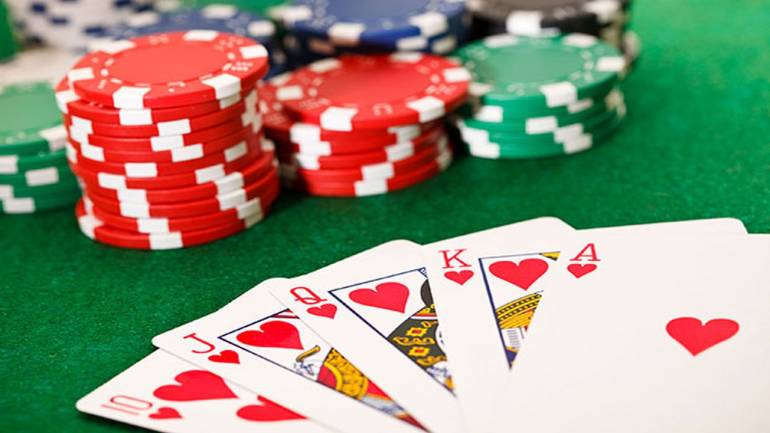Casino Curiosities: Oddities and Unusual Practices in Gambling
They showcase the power of imagination and desire, shaping the decisions gamblers make on a daily basis. Understanding this facet of the gambling experience can shed light not only on the personal dynamics of individual players but also on the broader societal fascination with games of chance.” Casinos have long been a hub of excitement, risk, and fortune. From the glitzy slot machines to the intense card tables, the world of gambling is a realm filled with adrenaline and anticipation. However, beyond the familiar games and opulent settings, there lies a realm of casino curiosities that are both odd and intriguing. One of the most unusual practices in the world of gambling is the concept of grinding. In poker, particularly online poker, grinding refers to the act of playing for long hours at low-stakes tables to accumulate small, steady winnings over time.
It’s a patient strategy, and some players have gained fame for their ability to grind their way to significant profits. This seemingly monotonous approach highlights the fusion of strategy and discipline that sets apart successful gamblers. Another curious aspect of casinos is their dedication to superstitions. Gamblers are notoriously superstitious, with practices ranging from blowing on dice for luck to wearing specific clothing items for a winning edge. The belief in lucky charms and rituals adds a layer of mystique to the gambling experience, showcasing the human tendency to find patterns and meaning even in games of chance. Casinos are also home to peculiar tales of gambling kiss 918 legends. One such story revolves around Charles Deville Wells, who in 1891 famously broke the bank at Monte Carlo’s roulette tables, winning millions in a single night.
Wells’ incredible winning streak remains shrouded in mystery and controversy, making him a symbol of both extraordinary luck and the allure of beating the odds. Oddities extend beyond the games themselves to the architecture and design of casinos. Many establishments are designed to disorient and captivate visitors, employing labyrinthine layouts, lack of clocks, and an absence of natural light to keep players engaged and losing track of time. This architectural manipulation is a calculated strategy to maximize gambling time and revenue. In the realm of unconventional casino games, Japan takes the cake with its fascination for pachinko – a hybrid between pinball and slot machines. Players launch metal balls into a vertical playing field, hoping they’ll land in winning pockets.

